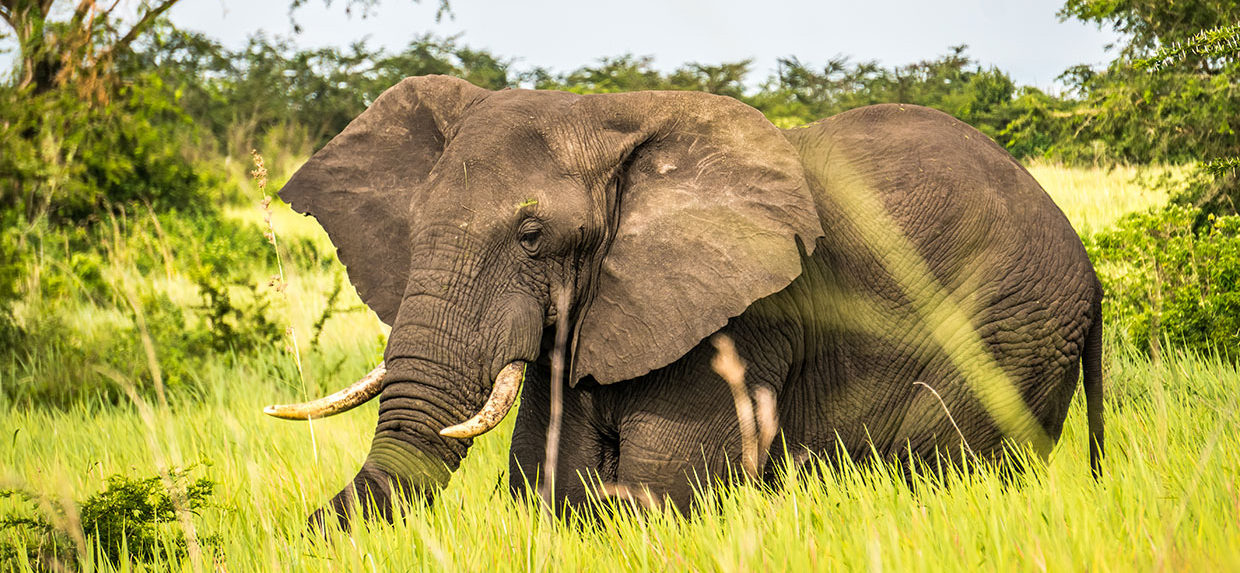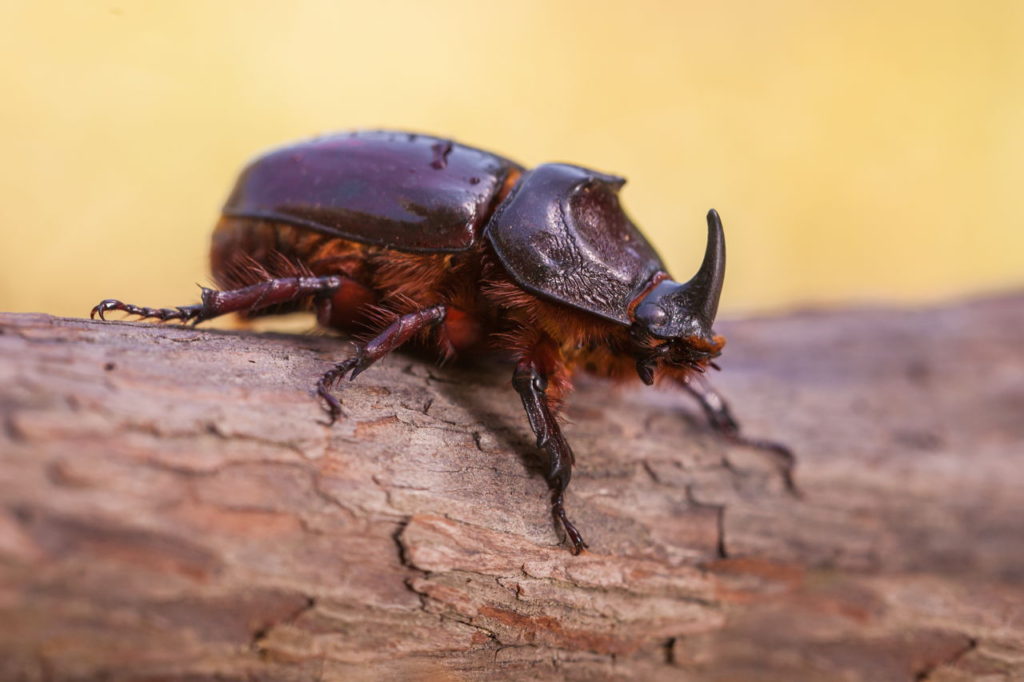The Big Five Animals in Africa
The big five animals of Africa are African Elephant, Cape Buffalo, Leopard, Lion, and Rhinoceros
These five (05) type of animals were named ‘the big five’ by hunters from African’s colonial era, as they were considered the most difficult and dangerous African animals to kill whilst hunting on foot. These days, of course, any shooting of the big five tends to be more about choosing the right lens, not riffle.
We have taken time to explain to detail each member of the Big five Animal family.
#1. The African Elephant Big five animals in Africa
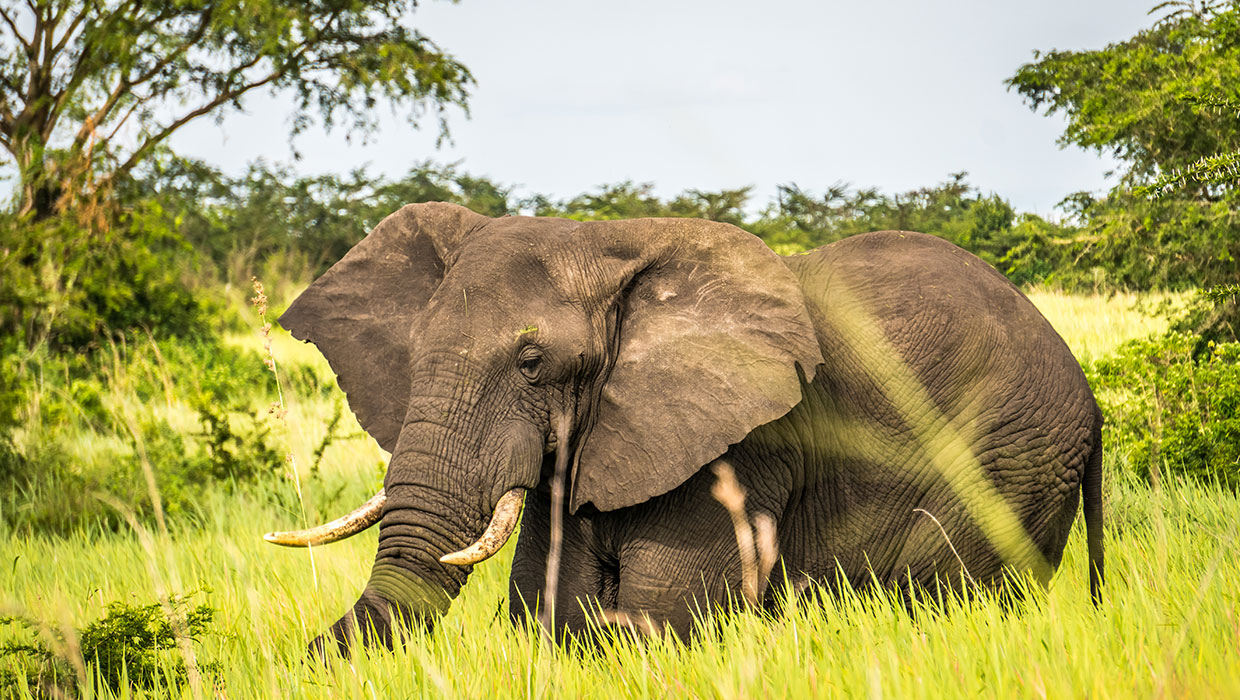
The African elephant (Loxodonta africana) is the largest and heaviest land animal in the world, weighing up to six (06) tonnes. Their distinguishing features include the skilful trunk, large “Africa-shaped” ears that cool the body when flapped, and two (02) elongated incisors in the form of tusks ( not all have tusks). Curious why? See: Do all elephants have tusks?.
There are actually two (02) species of African elephant – the African bush elephant and the smaller African forest elephant. Both are herbivores that live in large groups, whilst the African bush elephant is the larger of the two species, and typically the species referred to as a member of the big five animals.
Try to remember: All Elephants specifically the bulls, and mothers with young ones. Remember to always keep a safe distance from them, and if in a vehicle ensure that you have the means to drive away forwards – elephants can run faster than a car can reverse. An elephant flapping its ears, kicking up dust and/or trumpeting is probably about to charge.
Group name: Herd | Size: Up to 3.3 meters tall, weighing 6,000kg. | Speed: Up to 40 km per hour.
Diet: Elephants are vegetarians, eating up to 160kg per day, made up of savannah grasses, bushes, small plants, fruit, twigs, tree bark, and roots. The take in roundabout 160 Litres of water.
Best places to see African Elephant: Samburu game reserve in Kenya, Murchison falls National Park in Uganda, Tarangire in Tanzania, and Akagera National Park in Rwanda.
#2. Lions
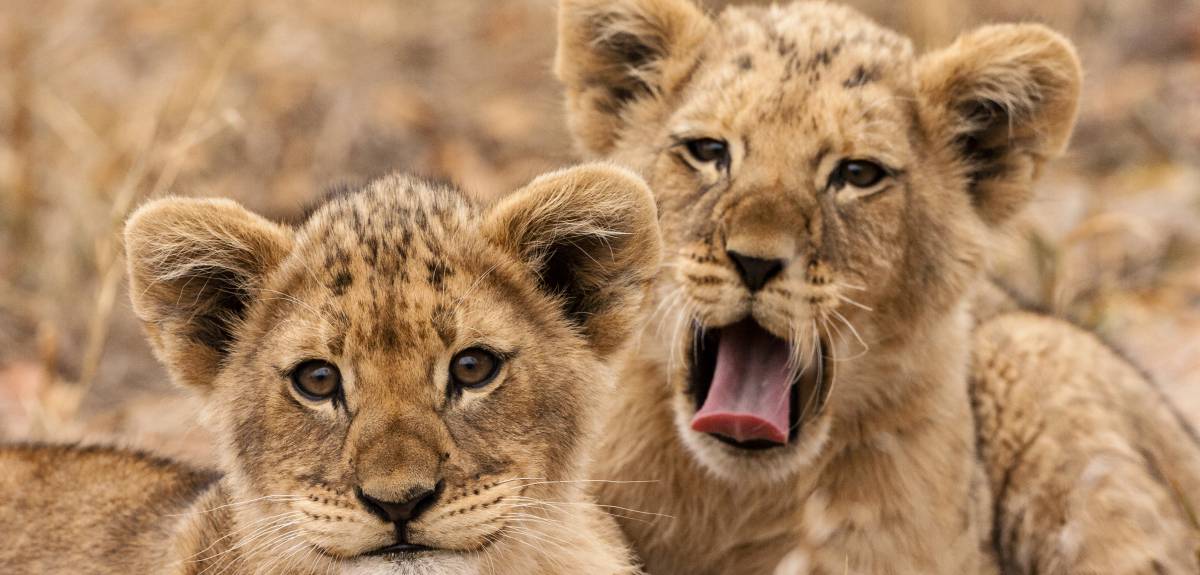
Lions are the largest and most sociable of Africa’s cats. At up to 225kg, the lion (Panthera leo) really is the king of the savanna (not jungle!). Living in prides of up to 40 lions, it’s the lionesses who do all the hunting, usually sharing with the males of a pride. Lions are very territorial, and the females generally spend most of their lives within their home ranges.
If you encounter a lion on foot don’t turn and run (easier said than done), as a running target that looks like prey will probably be viewed as such. Instead, try to make yourself look big, and back away gradually.
Group name: Pride. | Size: 1.2 meters, weighing up to 225kg. | Speed: At a maximum speed of 80 kilometres per hour, the lion is the second fastest land animal in Africa.
Diet: Lions are apex predators and generally hunt the larger animals in their surroundings – buffaloes, rhinos, zebras, giraffes, and antelopes.
Best places to see Lion: Murchison Falls National Park in Uganda, Akagera National Park in Rwanda, Maasai Mara National Reserve in Kenya, Ngorongoro crater in Tanzania.
#3. Leopards
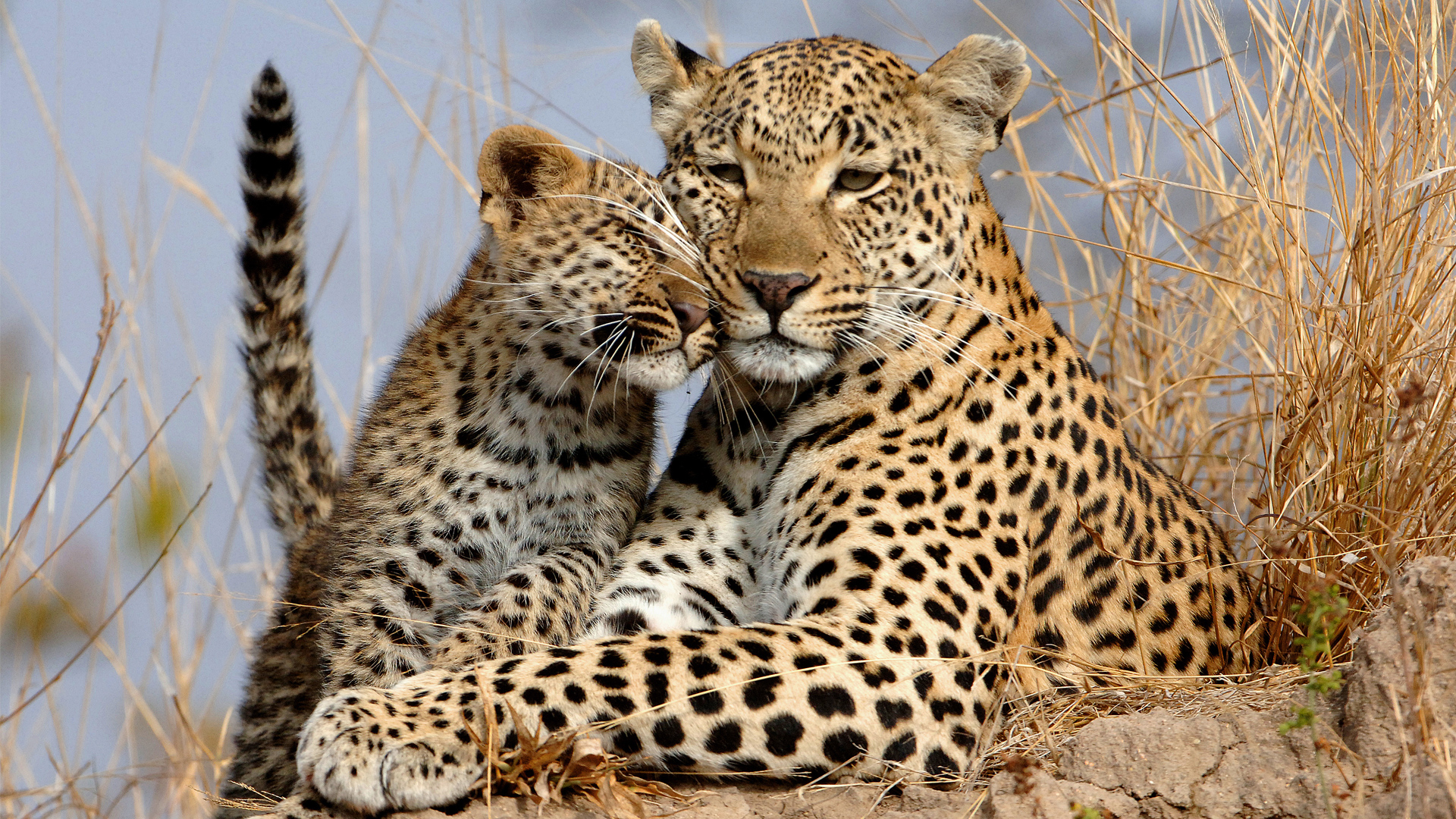
Slightly smaller than their lion cousins, leopards (Panthera pardus) are less rare than you might think, but rely on camouflage and being active at night to stay hidden. Leopards are solitary, independent creatures, and rarely seen together except during mating, or a mother with cubs. As such they are totally self-reliant, and expert hunters – sometimes killing prey up to twice their size. During the daytime they often lounge around in trees and come to the ground after dark to hunt, taking their prey up into a tree to eat at their leisure.
Group name: Leap. | Size: 1 meter high, weighing up to 100 kg. | Speed: 56 kilometres per hour.
Diet: Leopards are opportunistic carnivores and hunt a wide range of prey such as jackals, antelopes, gazelles, monkeys, duiker, eland, impala, wildebeest, and more.
Best places to see Leopard: Murchison Falls National Park in Uganda, Akagera National Park in Rwanda, Maasai Mara National Reserve in Kenya, Serengeti in Tanzania.
#4. Cape Buffalo
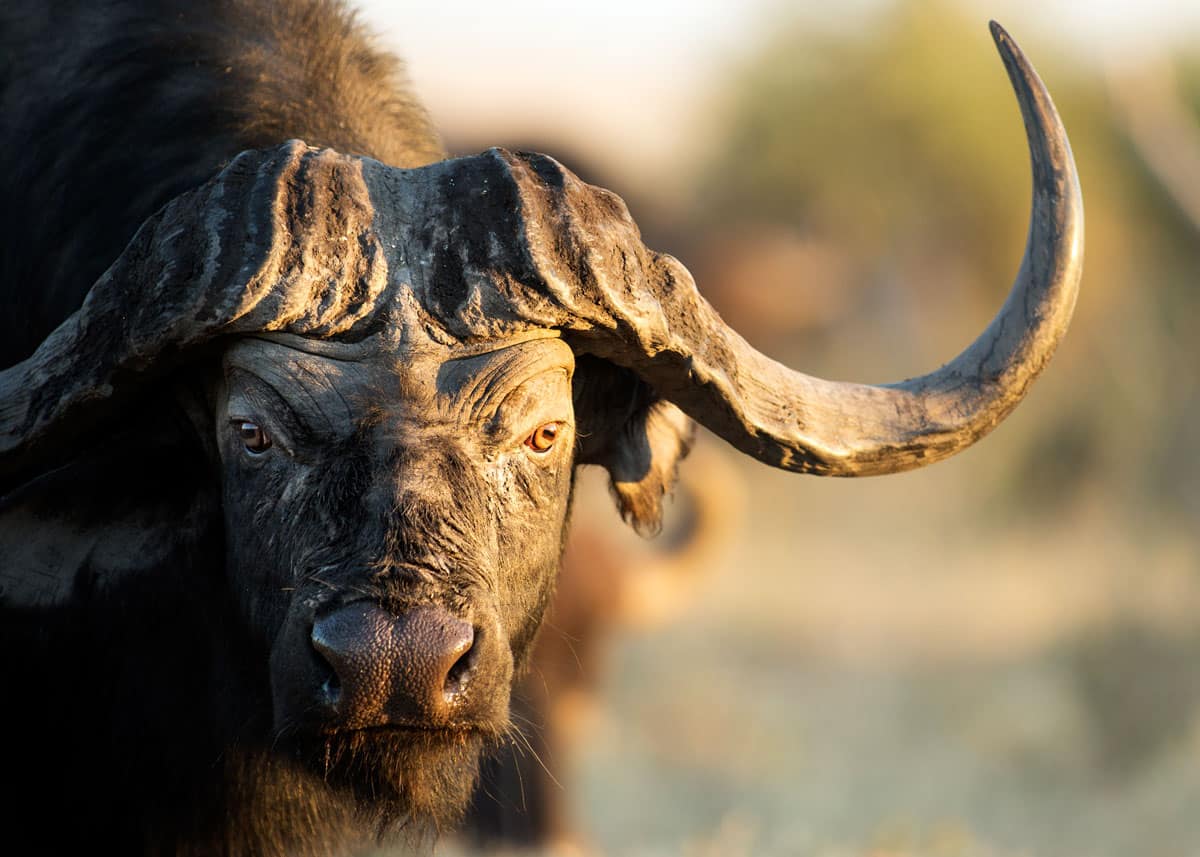
Weighing in at not too far short of a ton, the African buffalo (Syncerus caffer) has a reputation for being bad-tempered and dangerous. Whilst solitary buffaloes can be unpredictable (and dangerous, hence their inclusion in the big five animals), they are usually a docile beast when in a herd… aside from their tendency to stampede en masse when alarmed.
Herds have clearly defined home ranges, the size of which is determined by the amount of food and water available.
Group name: Herd. | Size: Up to 1.8 meters tall, and 800kg in weight. | Speed: They can run at speeds of up 57 kilometres per hour.
Diet: Cape buffalos are strictly herbivores and eat a wide variety of grasses, leaves, and other plants.
Best places to see Cape Buffalo: Murchison Falls National Park in Uganda, Akagera National Park in Rwanda, Maasai Mara National Reserve in Kenya, Serengeti in Tanzania.
#5. Rhinocerous
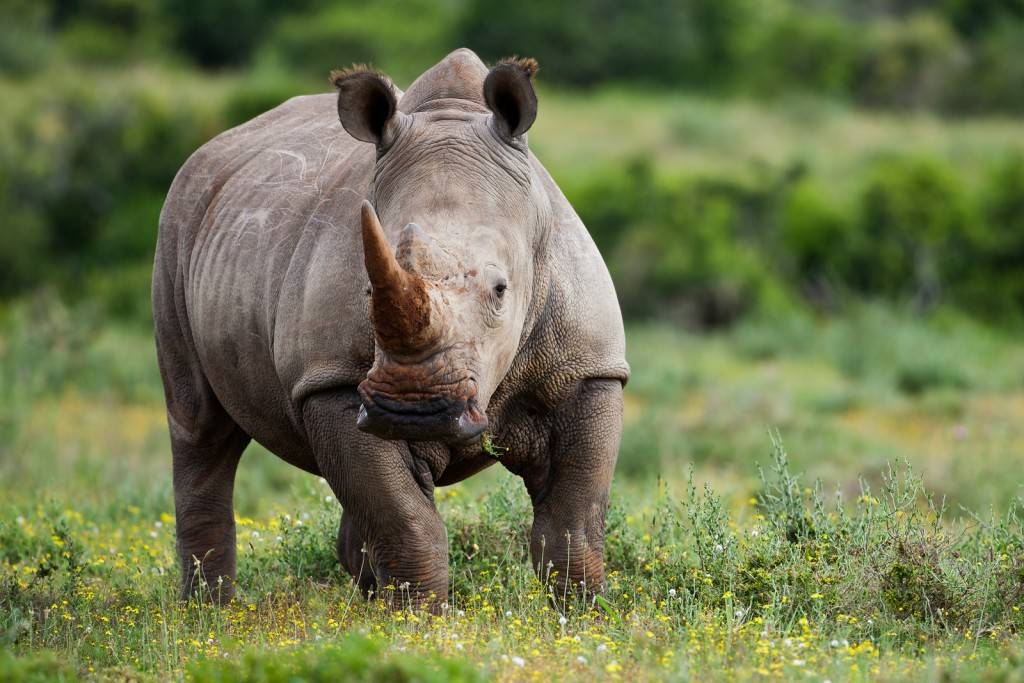
Once widespread through sub-Saharan Africa, the rhino has been hunted to the brink of extinction and is probably the hardest of the big five to spot in the wild. There are two species of rhinoceros in Africa – the black rhino (Diceros bicornis) and the white rhino (Ceratotherium simum). Whilst white rhinos have made a comeback through conservation efforts across the continent, black rhinos are still very much one of Africa’s endangered animals. The fundamental differences between the white and black rhino are not colour, but rather a size, temperament, food preference and mouth shape. White rhinos have a flat, wide mouth, and their name comes from a mispronunciation of the Afrikaans word wide – “wijd”.
Rhinos tend to be wary of humans, but occasionally charge vehicles that get too close. If you’re on foot, then their bad eyesight should work in your favour – if they do charge you the apparent life-saving technique involves letting them get as close as possible, then stepping aside at the last second.
Group name: Crash. | Size: 1.9 meters high and weighing up to 2,300kg. | Speed: 50 kilometres per hour
Diet: All species of rhino are herbivores, grazing on a wide variety of fruits, stems, twigs, grasses, and leaves.
Best places to see Rhinoceros: Zziwa Rhino Sanctuary in Uganda, Lewa Wildlife Conservancy in Kenya, Mkomazi National Park in Tanzania, and Akagera National Park in Rwanda

